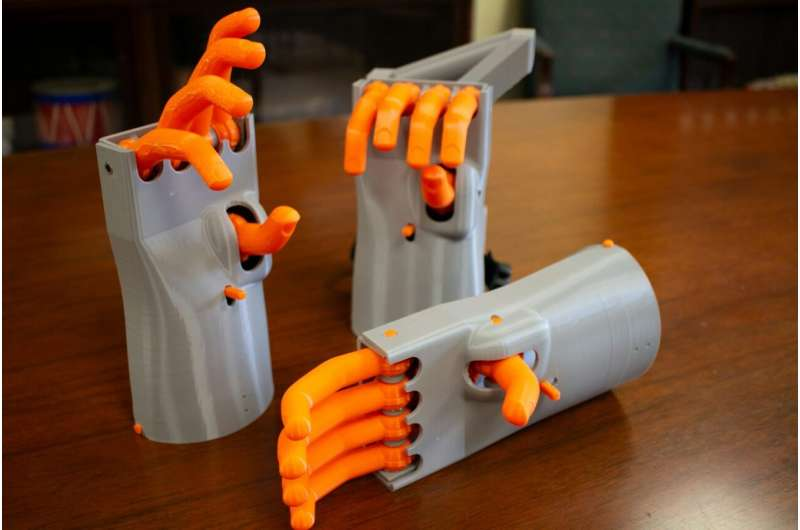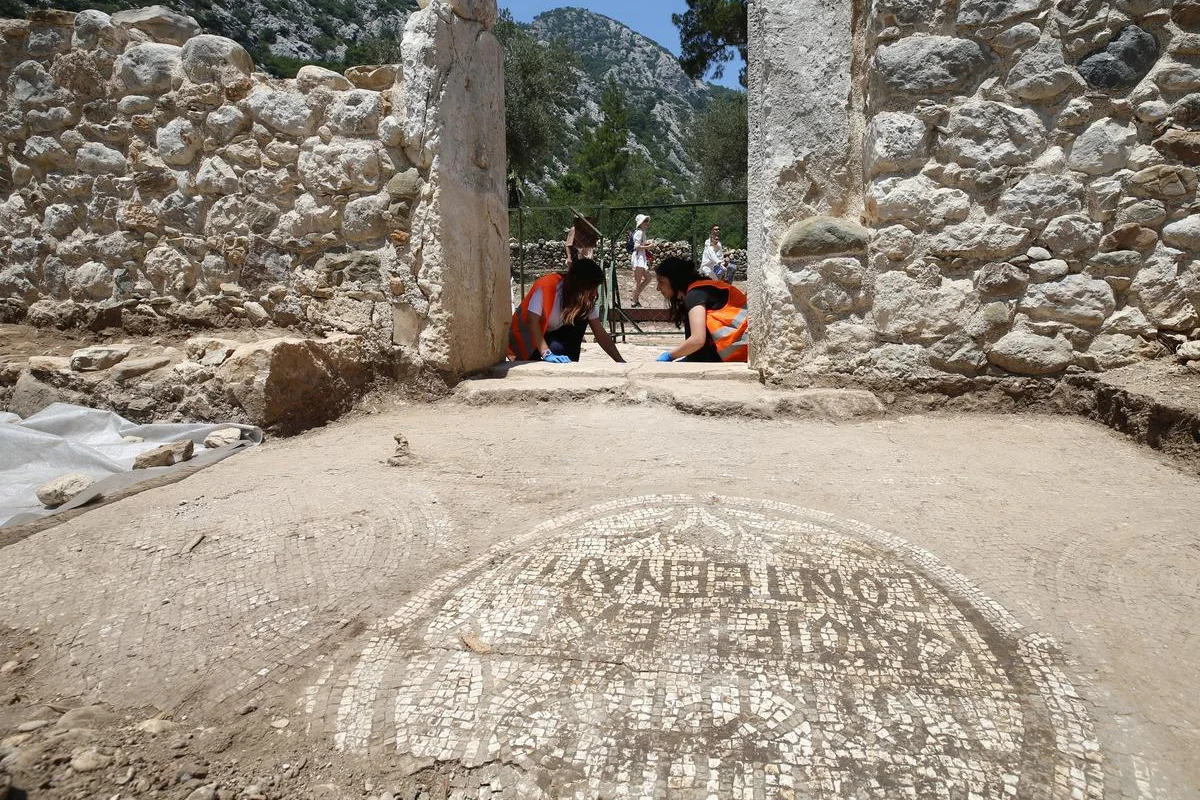The semi-columns of the 'Treasure of Atreus', the British Museum, and a realistic depiction of the game 'Assassin's Creed Odyssey' give us an interactive taste of the Bronze Age!
Mycenaean architecture, a towering achievement of Bronze Age Greek civilization, reflects a time when monumental structures not only demonstrated the might of Mycenaean rulers but also satisfied both aesthetic and spiritual values. The epicenter of Mycenaean monumental architecture is perhaps best epitomized by the 'Treasure of Atreus,' also known as the 'Tomb of Agamemnon.' As the study of this ancient world continues, a modern representation of it finds life in unexpected quarters: the digital landscapes of video games, most notably in the meticulously crafted environment of Assassin's Creed Odyssey. This article explores the Treasure of Atreus in both its original grandeur and its reincarnation in the digital world of Assassin's Creed Odyssey.
A Deep Dive into the Treasure of Atreus
The Treasure of Atreus, an emblem of Mycenaean sophistication, stands as a testament to the grandeur and architectural genius of the Mycenaean civilization. Constructed around 1250 BC, this beehive tomb, known for its false dome and intricate relief sculptures, showcases a fine example of ‘corbelled architecture’. The tholos, or beehive structure, with its carefully arranged stone layers, creates a grandiose interior space that bears witness to the might and resources of the Mycenaean civilization.
Internally, the tomb consists of a dromos, or passageway, leading to the large circular burial chamber, which is adorned with precious artifacts representing the wealth and might of the ruler it was built to honor. The façade is marked by a distinctive relieving triangle, a unique architectural solution to redistribute the enormous weight of the stones and prevent the colossal lintel from crumbling.
In image 1 (upper left), we see how it is today in the British Museum: the representation of the entrance to the vaulted tomb of Atreus after the restoration of the two pillars that surrounded it. The reconstruction was made on the basis of the integrated pieces of the pillars found and transported to Great Britain (among other Mycenaean antiquities).
In picture 2, we see the graphic representation of the entrance to the tomb. The wall above the door was blocked with the Kufic triangle and had relief bands of spirals and amphirodacs, flanked by two semi-columns, all of colorful marble.
In picture 3, we can see part of one of the two semi-columns that framed the door with greenish marble and incised ridges, varied with spirals.
In image 4, we focus on the capital and its decoration, from which an original form of the Doric style many centuries ago is revealed, as well as the influence of corresponding Egyptian capitals of the time.
The last image below is a screenshot of the video game that brings Bronze Age architecture to us in great detail. The period referred to in the game is of course the classical period; nevertheless, the producers could not have omitted earlier monuments (Mycenaean and Minoan), which are of course represented as burials, abandoned, and half-demolished (logical since they are quite earlier than the classical era).
Assassin's Creed Odyssey: Bringing Ancient Greece to the Digital Forefront
Ubisoft’s Assassin’s Creed Odyssey takes players on a historical yet fictional journey through ancient Greece, meticulously recreated to be as historically accurate as possible. The game transports players back to 431 BC, a world meticulously built on historical references and archaeological findings.
What stands out is the extraordinary attention to detail in recreating Bronze Age Mycenaean structures, including the Treasure of Atreus. Players navigating through this digital landscape can explore the monument's interior, appreciate the engineering marvel of the dome, and witness the grandeur and splendor of the site.
By enabling players to immerse themselves in a realistic representation of this ancient world, the video game serves as a digital museum, offering a unique pedagogical tool that allows for a deeper understanding and appreciation of Mycenaean monumental architecture.
A Harmonious Intersection of the Ancient and the New
This digital reincarnation of the Mycenaean architectural marvel brings with it a fresh perspective, fostering a harmonious blend of the old and the new. It offers not just gamers but also historians, archaeologists, and the generally curious an immersive experience of walking through the hallways that echo tales from more than a millennium ago.
Furthermore, it empowers educators to employ an interactive medium to bring history alive, engaging students with the architectural marvels of ancient civilizations in a way that traditional mediums might fall short. It paints a vivid picture, enabling one to understand the scale, grandeur, and intricate details of these monumental structures, fostering a deeper appreciation and understanding of ancient Greek history.
Conclusion
The synergy between the historical magnificence of the Treasure of Atreus and the digital finesse of Assassin's Creed Odyssey brings forth a vibrant landscape where history meets modern technology. It is a vivid testimony to how the past can be revived and explored in novel ways, creating avenues for learning and exploration that transcend traditional boundaries.
As we stand at this juncture where the ancient marvel of Mycenaean architecture breathes life through modern technology, it prompts us to ponder the expansive and untapped potential of video games as not just recreational outlets but powerful educational tools, offering an immersive gateway into the lost worlds of our ancient forebears and kindling a timeless connection between the past and present.












